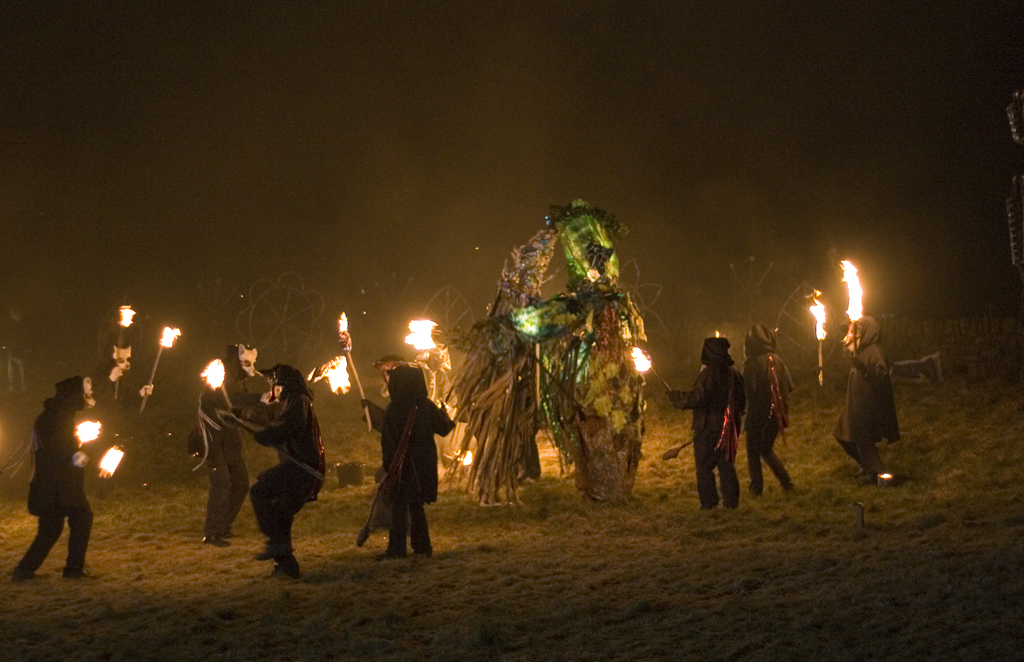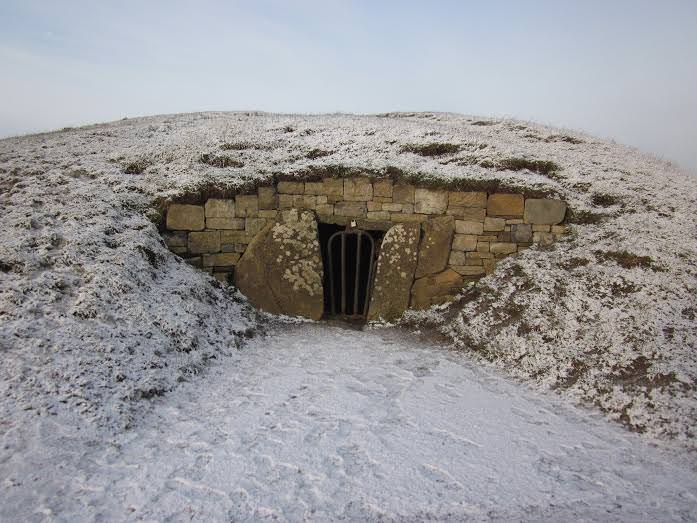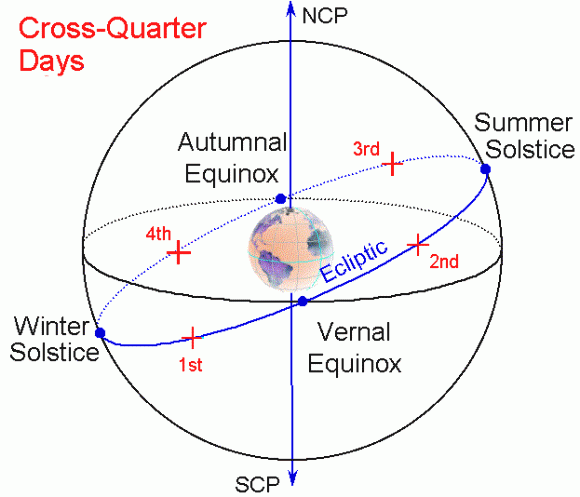Timing the Autumn (Fall) Equinox
The Autumnal (Southward) Equinox, the entry of the Sun into the Sign of Libra (Sun at 0° Libra), in a few time zones with example locations:
UTC aka GMT
Saturday, September 23, 2023 at 6:49:48 am UTC
Seconds rounded up to 50 minutes in this list.
London
Saturday, September 23, 2023, at 7:50:00 am BST UTC+1 hour
New York
Saturday, September 23, 2023, at 2:50:00 am EDT UTC-4 hours
Chicago
Saturday, September 23, 2023, at 1:50:00 am CDT UTC-5 hours
Albuquerque
Saturday, September 23, 2023, at 12:50:00 am MDT UTC-6 hours
San Francisco
Friday, September 22, 2023, at 11:50:00 pm PDT UTC-7 hours
Honolulu
Friday, September 22, 2023, at 8:50:00 pm HST UTC-10 hours
Tokyo
Saturday, September 23, 2023, at 3:50:00 pm JST UTC+9 hours
September 22-23 marks an equinox, when the Earth's equator tilts directly toward the Sun. The Sun rises and sets due east and west on the equinoxes. The Sun shines directly on the equator, and there are nearly equal amounts of day and night worldwide. It is the first day of Fall in the northern hemisphere and of Spring in the southern hemisphere.

The essential relationship of Earth to the Sun establishes the basis of the tropical astrology of Signs. The Autumnal Equinox marks the entry of the Sun into the Sign of Libra (Sun at 0° Libra) for both hemispheres. Instead of the Earth tilting away from or toward the Sun, its axis of rotation becomes perpendicular to the line connecting the centers of the Earth and the Sun. Nights get longer from Autumnal Equinox to Winter Solstice (December 21). The word equinox comes from the Latin aequus, meaning equal, and nox, night. Although the equinox happens simultaneously worldwide, the clock time will depend on your time zone. The time is earlier, moving west of Greenwich and the next day over the International Date Line.
"The International Date Line (IDL) is an internationally accepted demarcation of the surface of Earth, running between the South and North Poles and serving as the boundary between one calendar day and the next. It passes through the Pacific Ocean, roughly following the 180.0° line of longitude and deviating to pass around some territories and island groups. Crossing the date line eastbound decreases the date by one day, while crossing the date line westbound increases the date.-" --Wikipedia
In religious and spiritual traditions, equinox is a holy day. Solstices and equinoxes determine four points. The midpoints between those, called "Cross Quarter Days," are also recognized and utilized for celebration and ritual. They are the eight equidistant solar gates in the ancient Wheel of the Year. Maybon is a "name for the Autumnal Equinox, also known as the Second Harvest Festival, Festival of Dionysus, Wine Harvest, Cornucopia, Feast of Avalon, etc. The first Thanksgiving was on or near this date, and it is from these early harvest festivals that the modern Thanksgiving feasts developed." - Kristin Madden (Llewellyn Publications)

For the northern hemisphere, the wheel of the year turns toward darkness. Following the Fall Equinox, the energies of the Dark Gods and Goddesses begin to increase and gain attention. The balance described by the Taoist symbol of Yin and Yang reflects the Equinoxes. An imbalance starts at the point of the Equinox as night begins to overtake daylight's duration. The processes of inward turning gain significance. Persephone returns to her throne with Hades in the Underworld, or Inanna and Ereshkigal decide to play fair with power. Maybon is one "name for the autumnal equinox, also known as the Second Harvest Festival, Festival of Dionysus, Wine Harvest, Cornucopia, Feast of Avalon, etc. The first Thanksgiving was on or near this date, and it is from these early harvest festivals that the modern Thanksgiving feasts developed." - adapted from Kristin Madden (Llewellyn Publications).

Because night and day are nearly equal, the equinox is a great time to work on personal balance, a perfect time of year to re-evaluate where you are and take the steps necessary to get your emotional and spiritual lives in order.
--Nasco – I don't know who this is or where I got it, but I like it.
Reminder: in a few weeks, on Sunday, November 5, 2023, Daylight Saving Time ends – lose one hour, 2:00 AM becomes 1:00 AM. (Contact Personnel about payment for the lost hour.)
"Most of the United States observes daylight saving time, the practice of setting the clock forward by one hour when there is more extended daylight during the day so that evenings have more daylight and mornings have less. Exceptions include Arizona (except for the Navajo, who observe daylight saving time in the Navajo Nation), Hawaii, and the overseas territories of American Samoa, Guam, the Northern Mariana Islands, Puerto Rico, and the United States Virgin Islands. The Uniform Time Act of 1966 established uniform daylight saving time throughout the U.S.
"In the U.S., daylight saving time starts on the second Sunday in March and ends on the first Sunday in November, with the time changes taking place at 2:00 AM local time. With a mnemonic word play referring to seasons, clocks "spring forward, fall back"—that is, in springtime the clocks are moved forward from 2:00 AM to 3:00 AM and in Fall they are moved back from 2:00 AM to 1:00 AM. Daylight saving time lasts for a total of 34 weeks (238 days) every year, about 65% of the entire year." -Wikipedia













